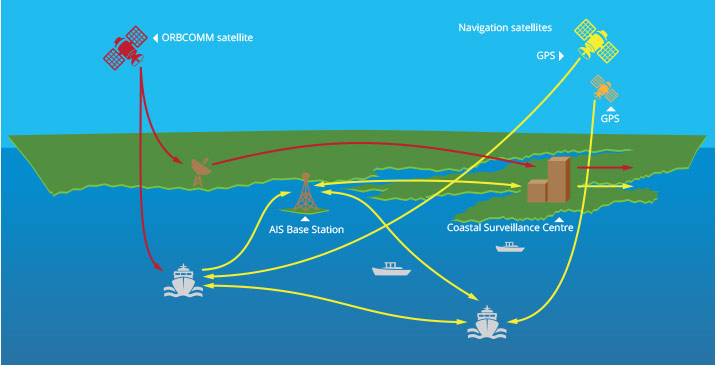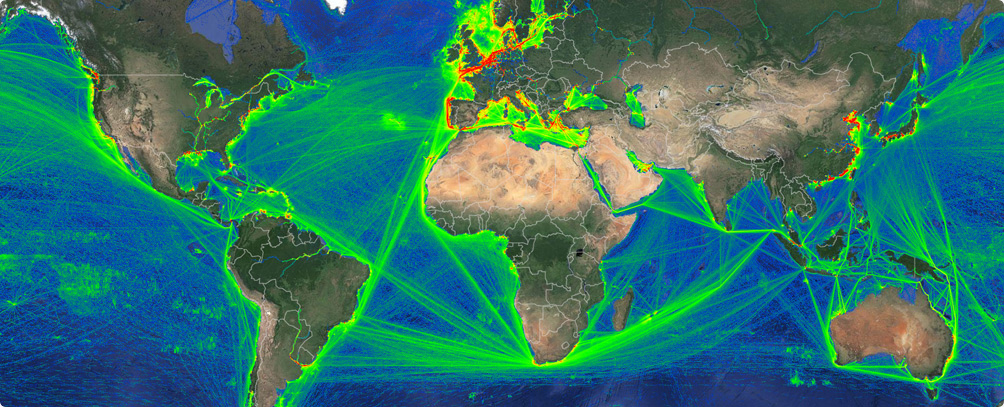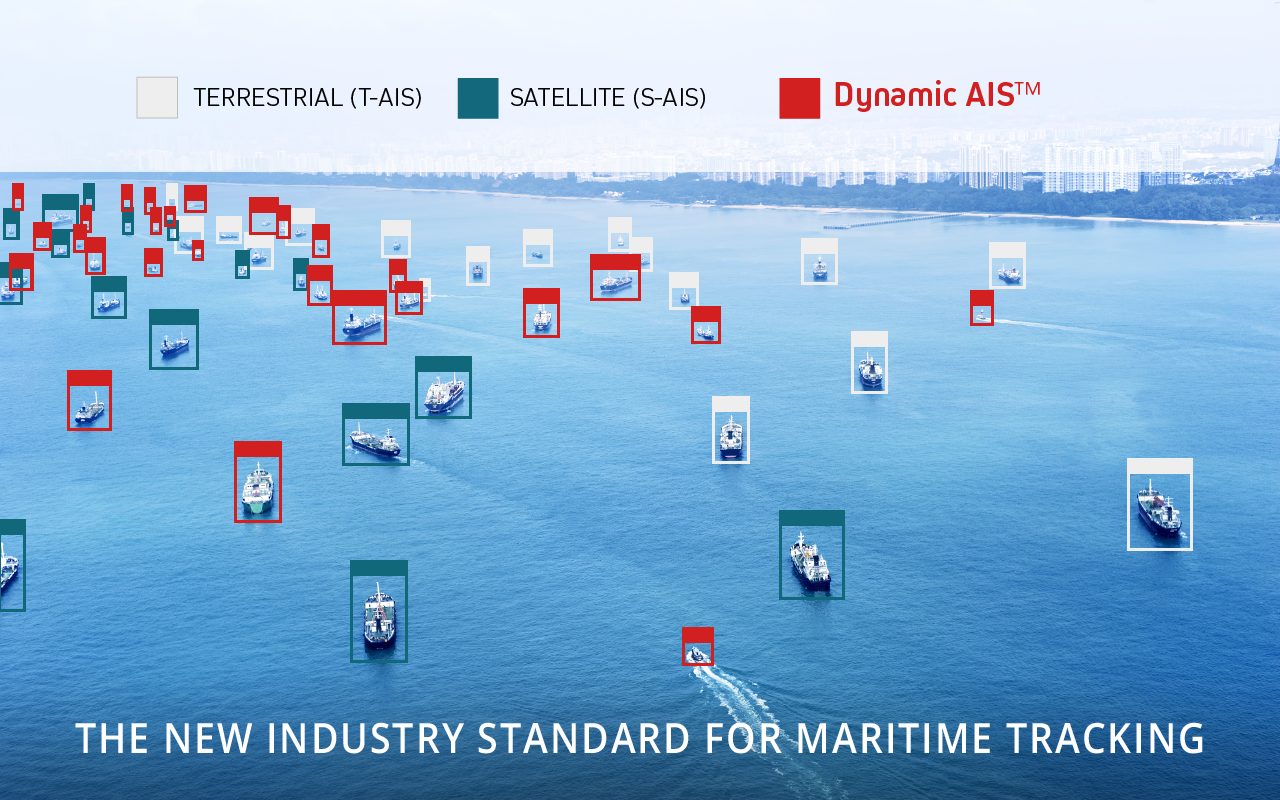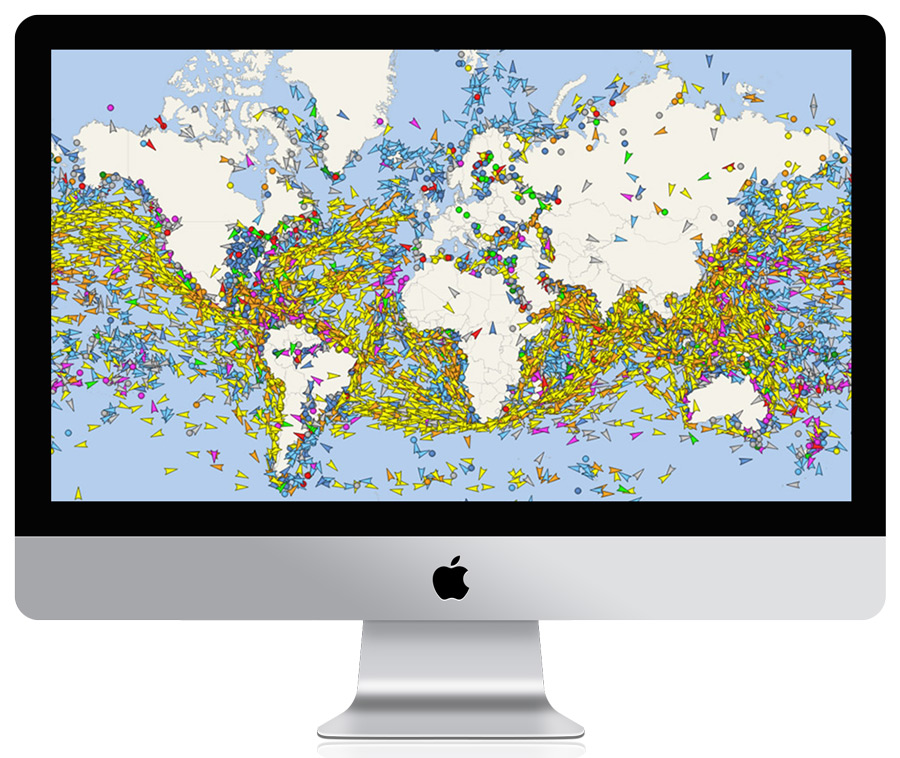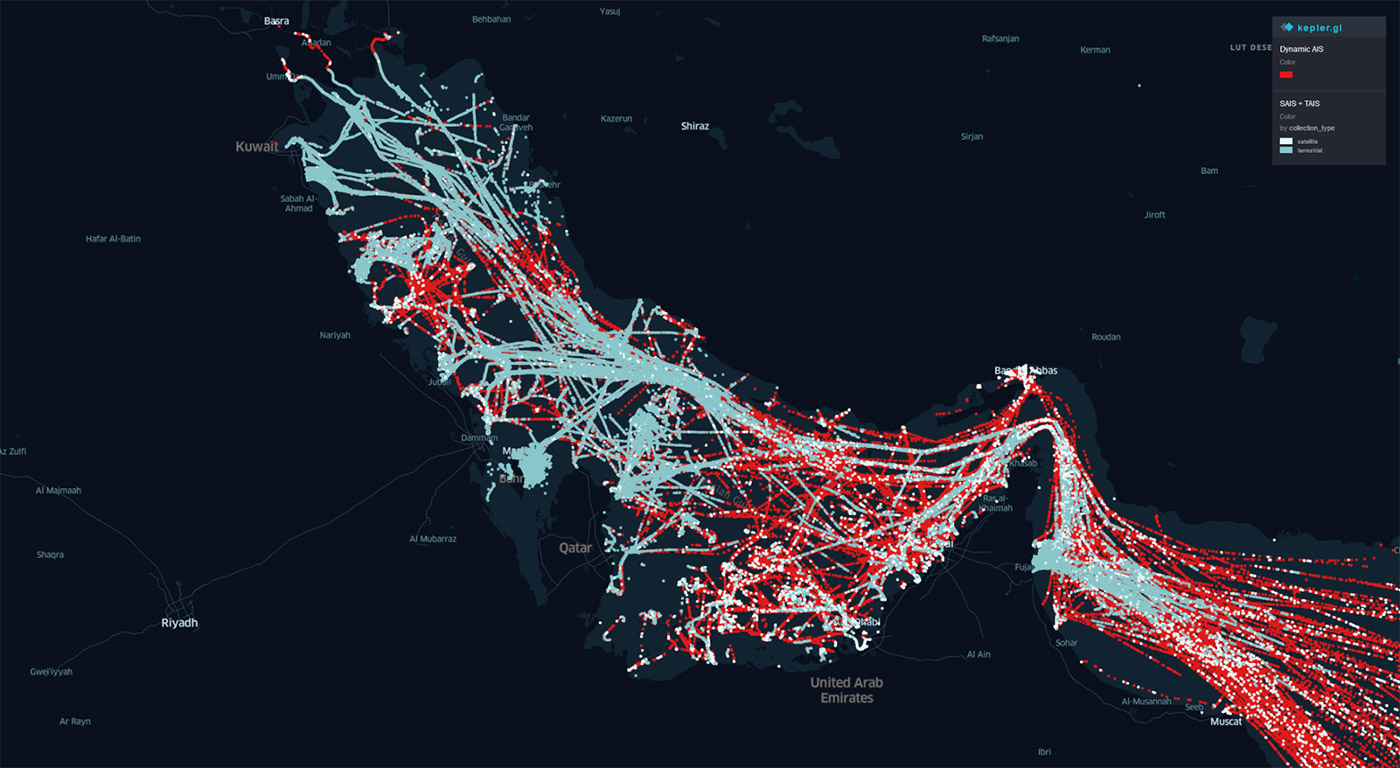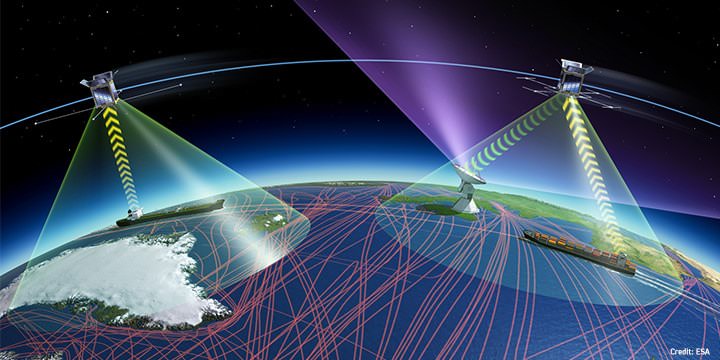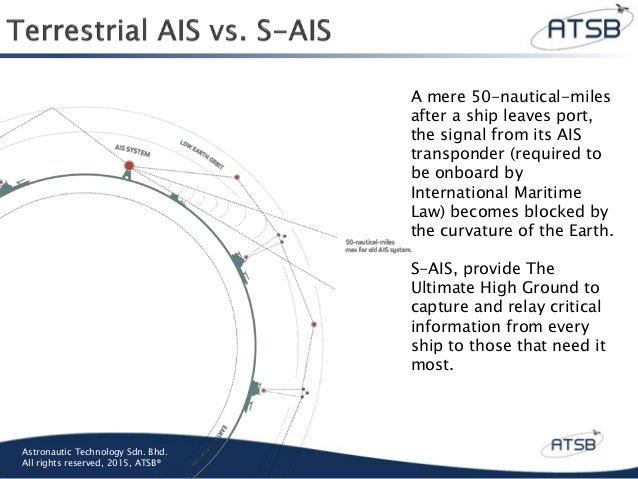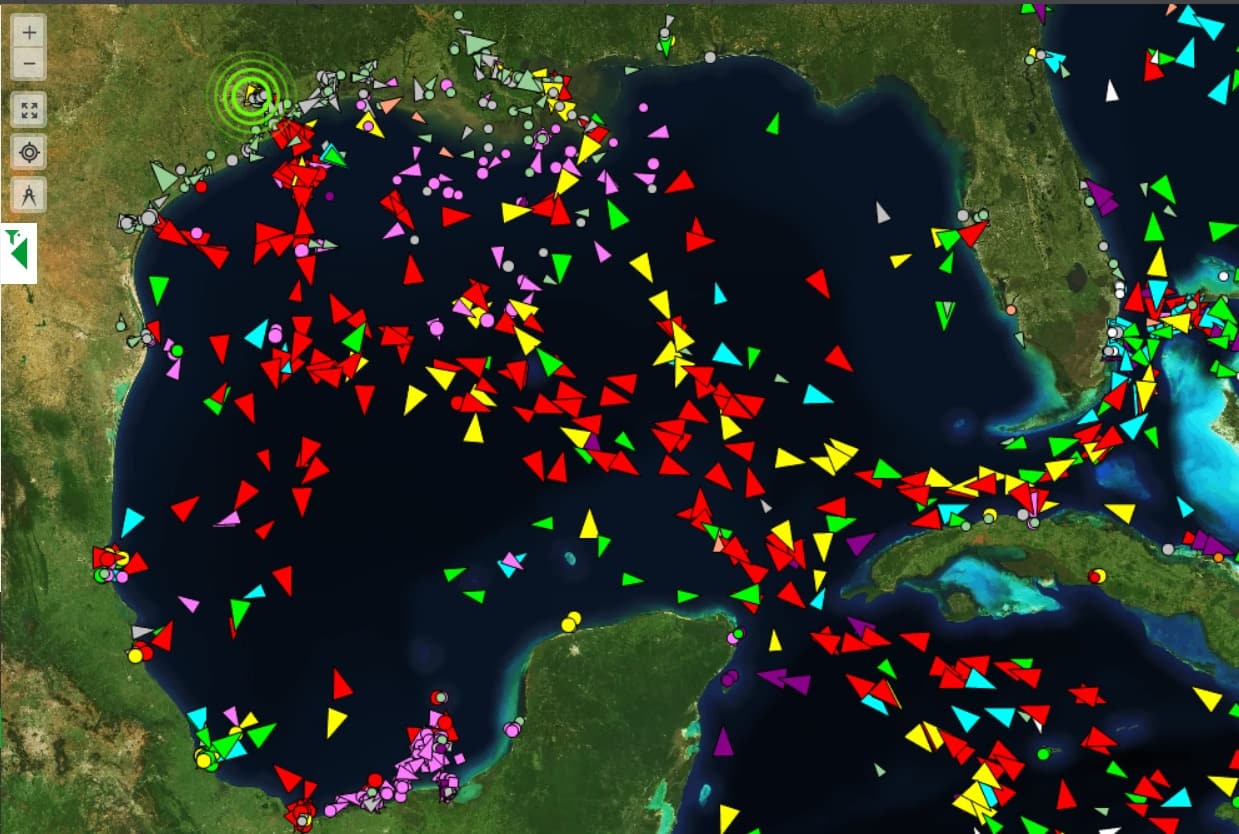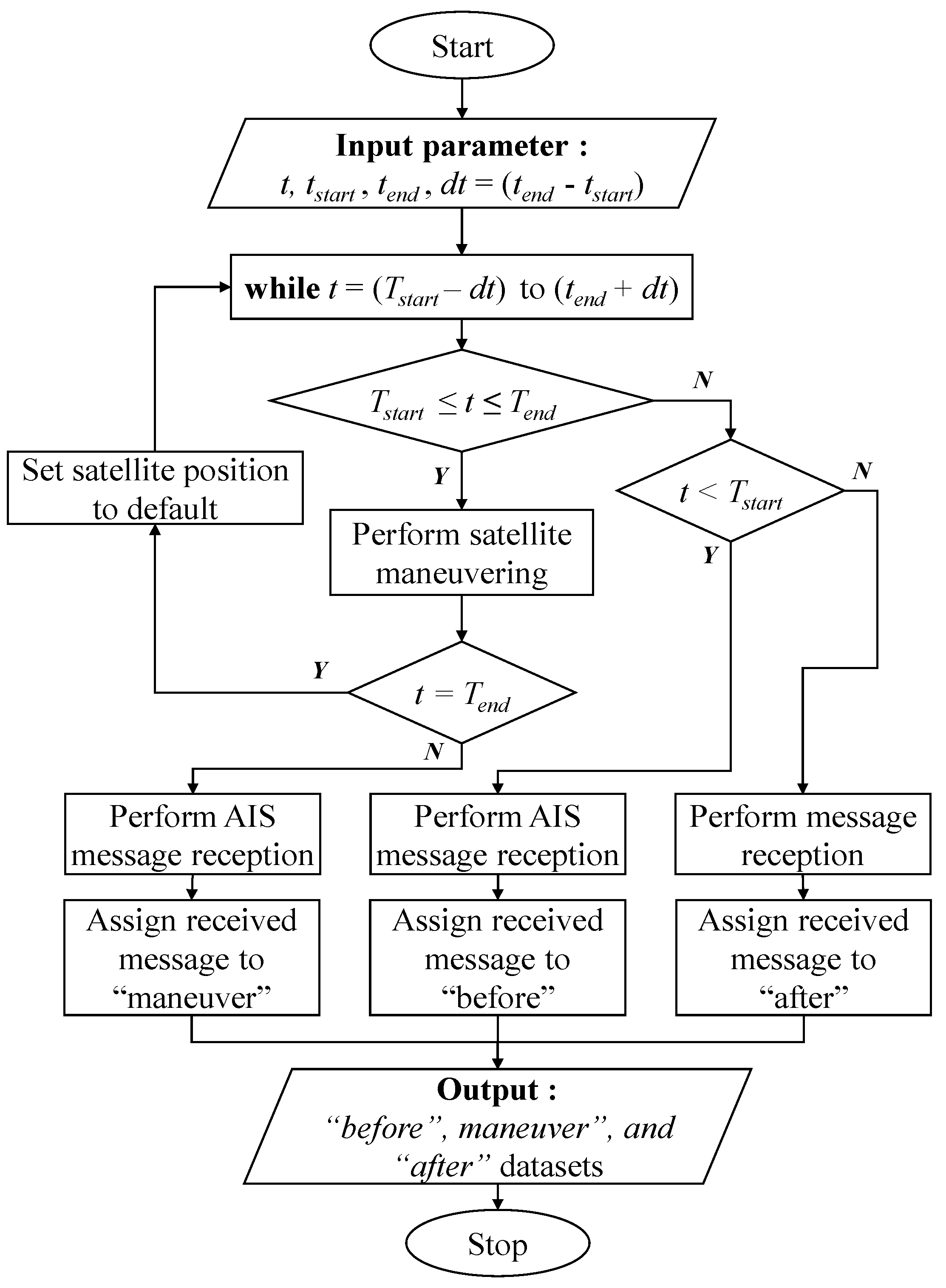Terrestrial Vs Satellite Ais

Find a consistent picture of any vessel s behavior port calls tracks and trading patterns.
Terrestrial vs satellite ais. The key advantage of s ais over terrestrial ais is that with sufficient suitably placed satellites the entire surface of the earth can now be monitored for ais transmissions removing the dependence on terrestrial receiving stations. Terrestrial vs satellite ais tracking. We deliver a complete overview within the maritime sector on local and. Each individual satellite can also cover a very large area.
Satellite ais data comes as an ideal supplement as it enables the monitoring of vessels tracks well beyond coastal regions including the oceans. A comprehensive guide to what ais is how satellite ais differs from terrestrial ais and how professionals can use both for improved visibility even in remote waterways and during cross ocean voyages. However when deploying one location a reliable terrestrial service is always the best option. Furthermore satellite service is sometimes the only option in rural areas.
A geo satellite with one single antenna can cover about 1 4 th of the earth. Therefore it has a large field of view up to 5 000 km 13. Satellite communications link will have more degradations compare to terrestrial communication link but quality of transmission is usually quite good. Shipboard ais transceivers have a horizontal range that is highly variable but typically only up to about 74 kilometres 46 mi.
Satellite orbits maritime data provider full orbit times approx. Coverage area of a satellite based system is greater than that of a terrestrial based wireless communication system. These vhf radio signals are openly broadcast to be picked up by other vessels land based antennae and bridge to bridge locations which use ais as a collision avoidance tool. 60 90 minutes satellite receiver out of range satellite receiver within range of vessel and ground station for short period satellite receiver out of range terrestrial ais receiver providing constant data routing via a ground station increases latency in signal transmission 5.
Satellite receivers function similarly to terrestrial receivers by transmitting the received ais message to a computer for data storage processing and visualization. The difference between satellite and land based ais ais reports are digitally compressed data packets which are then transmitted through vhf radio signals. The addition of satellite based class a and b messages could enable truly global ais coverage but because the satellite based tdma limitations will never match the reception performance of the terrestrial based network satellites will augment rather than replace the terrestrial system. The marinetraffic terrestrial based ais network provides extensive real time coverage of vessels positions at several thousands of ports and coastal shipping routes worldwide.
Satellite receiver do not require line of sight.


